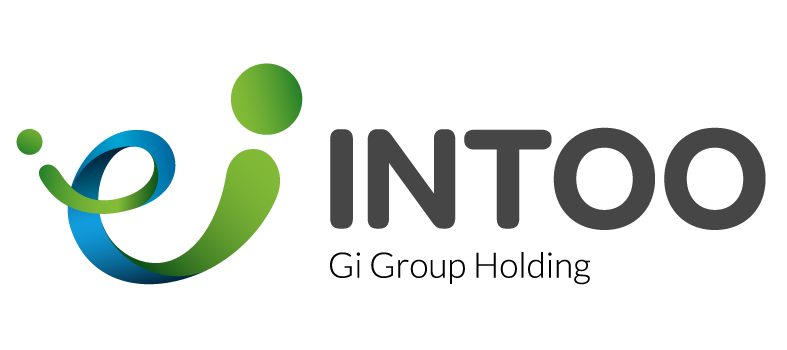What Is a Contingent Worker?
A contingent worker provides services to a company as needed, usually to fill a specialized role for a short or flexible duration. Unlike ongoing full-time hires, contingent workers sign specific contracts for temporary assignments ranging from single projects to several months. Contingent workers may be independent contractors, freelancers, consultants, temporary staff obtained through an agency, or on-call workers provided through a staffing firm. Companies often use contingent workers to scale teams when the workload increases suddenly, fill employment gaps during transitions, access specialized expertise without permanent overhead, or evaluate new roles. Well-managed contingent workforce programs optimize flexibility and cost efficiency. About 4-5% of the total workforce comprises contingent workers today across most developed economies.
What Are the Benefits of Hiring Contingent Workers?
Hiring contingent workers offers companies several advantages. The agility of an on-demand workforce allows organizations to scale rapidly and tap niche skill sets without carrying excessive permanent headcount. Since contingent staff are pre-vetted specialists willing to deploy for project-based work quickly, it grants flexibility in allocating resources. There is also the benefit of evaluating talent before making fixed hiring commitments. Contingent arrangements can increase cost efficiency, as expenses are tied directly to tangible deliverables without liabilities like paid leave or benefits owed to permanent employees. The ability to adjust labor supply by releasing contracts when the workload decreases also lends financial upside.




